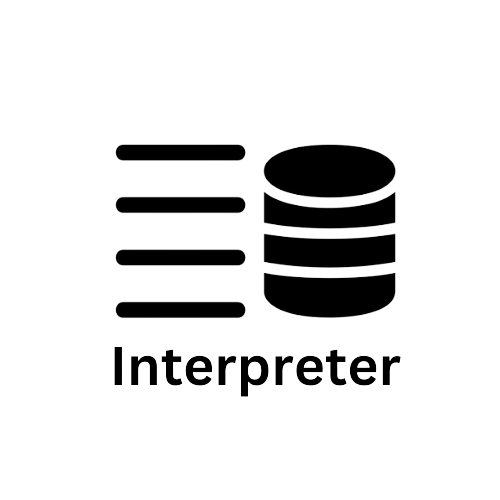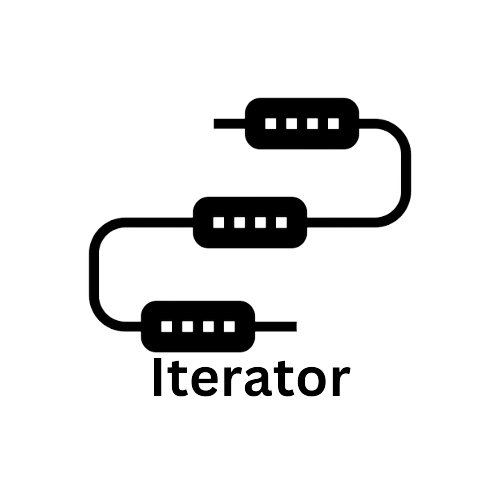Design Pattern: Flyweight Pattern in Go
Flyweight pattern uses a shared object for multiple object generation, which has some common criteria, then populates the different properties while using that object. Using the shared object for generating multiple object output, saves resources and memory usage. This article demonstrates Flyweight pattern implementations in GoLang.










